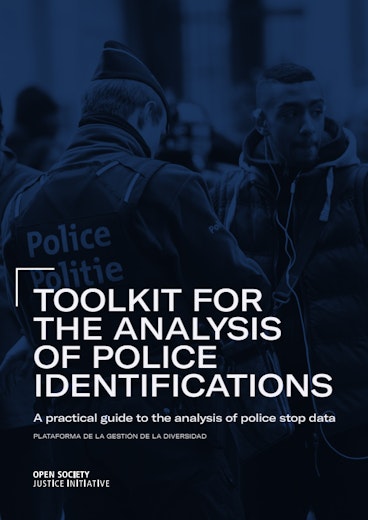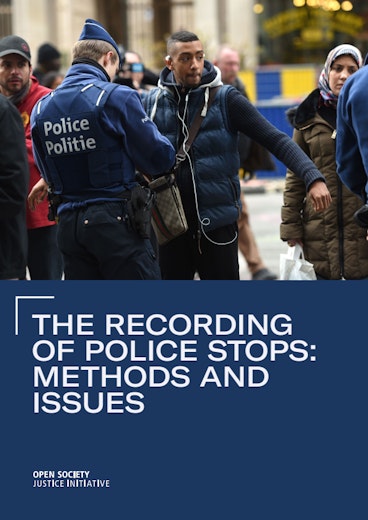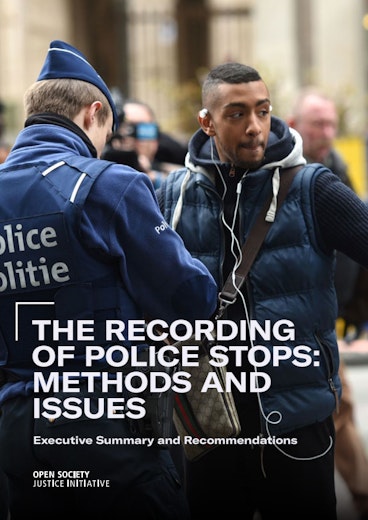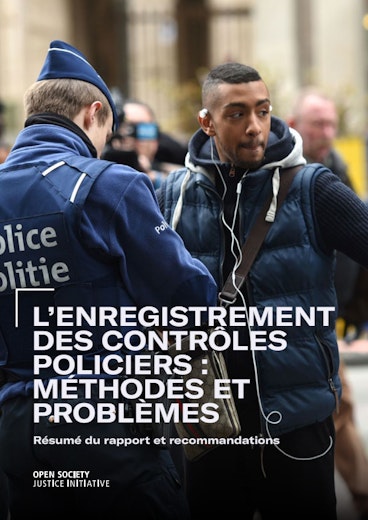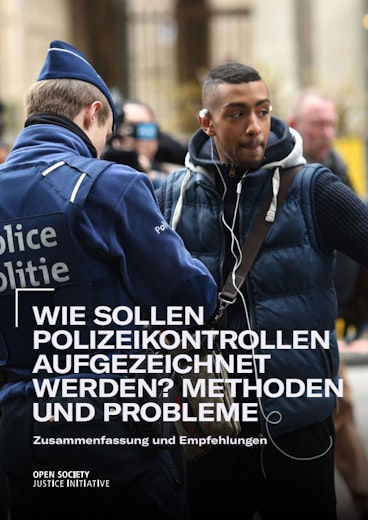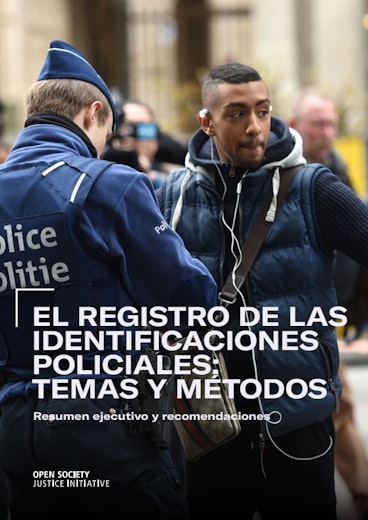The Recording of Police Stops and Toolkit for the Analysis of Police Identifications
Every day, around the world, police stop individuals to request identification. These encounters—which are one of the primary ways in which officers come into contact with the public—may lead to the search and even arrest of the person stopped. Given the nature of such interactions, the finite nature of police resources, and the potential for discrimination, it is essential that both police and the public can monitor, track, and analyze data and trends on routine stops.
The Recording of Police Stops: Methods and Issues lists the types of information that officers should record and explores the strengths and weaknesses of various techniques including the use of paper forms, dispatch radios, mobile devices, and body-worn cameras or video. Findings are drawn from interviews on practices in England and Wales, as well as the United States and other jurisdictions.
Toolkit for the Analysis of Police Identifications explains methods of using data collected from police stops to evaluate key dimensions of police identifications. These aspects include their frequency, potential disproportionality in how often members of minority groups are stopped, and effectiveness in identifying crime.
By choosing techniques and recording systems that are fit for purpose, as well as by properly analysing and interpreting officer-generated data, police forces and community groups can make improvements for greater accountability, effectiveness, and transparency in law enforcement.
Topics
- Climate Justice
- Digital Rights and Fair Elections
- Discrimination and Racial Justice
- International Crimes
